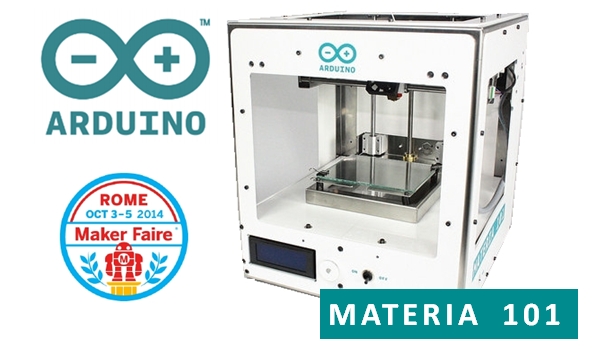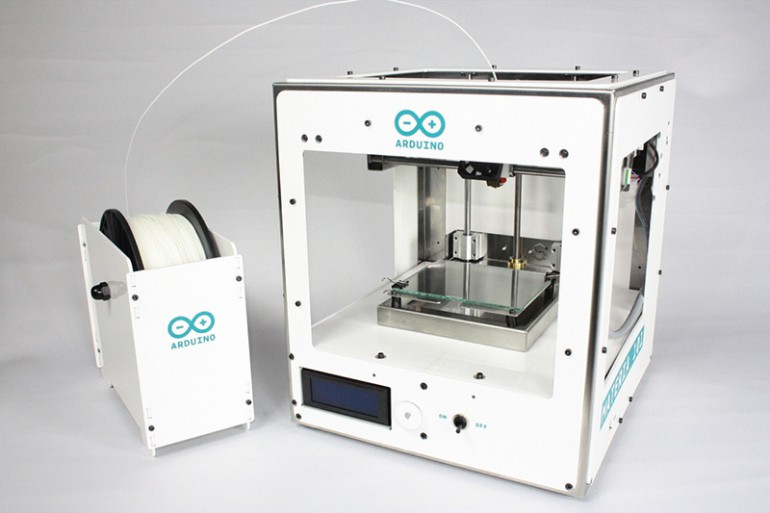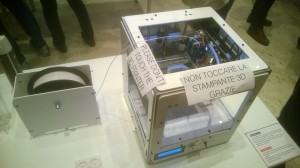Introduction
And the day came at the Maker Faire Rome 2014, for the highly anticipated official presentation of the first 3D printer brand Arduino, with the evocative name of “Materia” 101, as if to stimulate the “demiurgic” abilities of future users.
It is, as reported by both the Arduino and Sharebot sites, a device designed and developed in Italy by the two companies, which are absolute excellences in the world of open hardware philosophy.
Description
The Materia 101 was, needless to say, the star of Arduino stand at Maker Faire.
This is a mono extruder printer that uses Fused Filament Fabrication printing technology, which makes use of filaments of polylactic acid (PLA), controlled by Arduino Mega 2560 board with Open Source Marlin (DRM) Firmware.
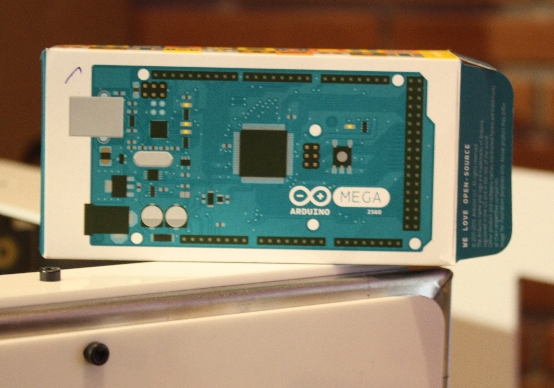
The first visual impression is that of a product from the clean and simple design, but anyway captivating, built with quality materials; after all Sharebot, in turn present at Maker Faire with a very interesting stand, from this point of view is a warranty.
According to the company from Ivrea, the choice of essentiality of design and the white color should communicate the idea of ease of use of the printer; the result is also pleasing to the eye, then so much the better.
The chassis is compact (310 x 330 x 350 mm), accordingly the printing area is limited (140 x 100 x 100 mm +/- 5 mm), but adequate stated that the intent is to provide an educational product, ideal for those approaching the world of rapid prototyping. Pricing: less than 600 euro for the kit version, less than 700 euro for the pre-assembled one.
I Personally found interesting the idea of adopting, for the PLA filament, a dispenser separate from the printer chassis. To subtract a potentially vibrant mass to the structure of the printer, that is all in all quite light (10 kg), should go in favor of print quality.
The technical characteristics show X and Y theoretical resolution position of 0.06 mm and Z resolution position of 0.0025 mm. The print quality, as seen from the reproduction of Arduino’s logo in the picture below, doesn’t hail you as a miracle, but it is quite good for a printer that promises to cost less than 700 euro.
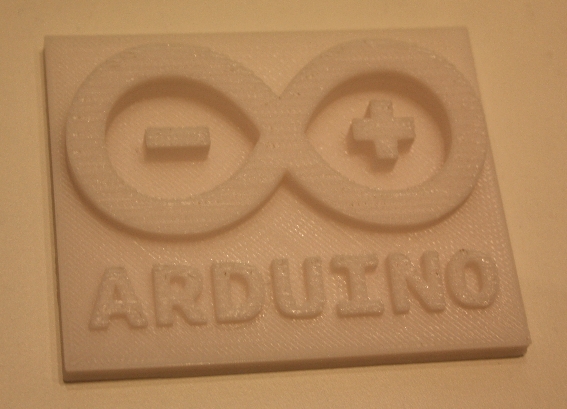
Below is a video showing the Materia 101 specimen in Arduino stand, at work.
In addition to PLA, the printer has been tested with the following types of filaments: Cristal Flex, PLA Thermosense, Thermoplastic Polyurethane (TPU), PET, PLA Sand, PLA Flex.
The most careful observers would have noticed a striking resemblance between Arduino Materia 101 and Sharebot Kiwi-3D printers. In fact, comparing the technical characteristics of Materia 101, shown below, with those of Kiwi-3D, shown in the user manual which can be downloaded from Sharebot website, the two printers seem to be identical; in one case it refers to an Official Arduino Mega 2560 electronic board, in the other one to a compatible Arduino Mega 2560 electronic board… in any case, the prices of the two machines are comparable and Materia is even more beautiful!
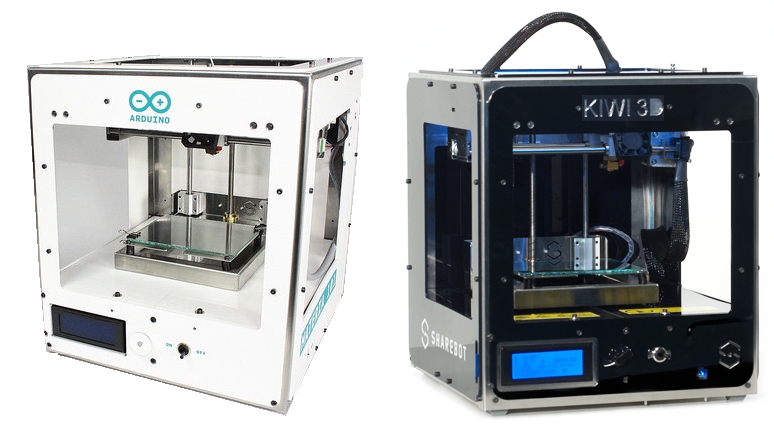
Technical characteristics:
| Printing technology: | Fused Filament Fabrication |
| Printing area: | 140 x 100 x 100mm +/- 5mm |
| X and Y theoretical resolution position: | 0,06mm |
| Z resolution: | 0,0025mm |
| Extrusion diameter: | 0,35mm |
| Filament diameter: | 1,75mm |
| Optimal temperatures with PLA: | 200-230° |
| Tested and supported filaments: | PLA |
| Unsupported but tested filaments: | Cristal Flex, PLA Thermosense, Thermoplastic Polyurethane, (TPU), PET, PLA Sand, PLA Flex |
| External dimensions: | 310 x 330 x 350mm |
| Weight: | 10 kg |
| Usage: | 65 watt |
| Electronic board: | Official Arduino Mega 2560 with Open Source Marlin Firmware |
| LCD display: | 20 x 4 with encoder menu |
| Other: | Preloaded with PLA printing presets Extruder block with filament pressure regulation |
Conclusions
Arduino’s official debut in the field of 3D printers is a product characterized by good build quality and printing precision at a very competitive price and intended for beginners of additive manufacturing and Arduino’s fans, of course.
[:]
